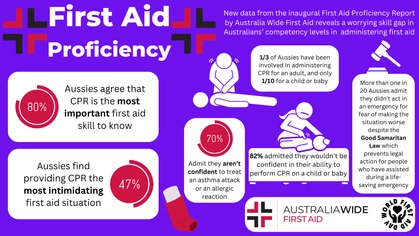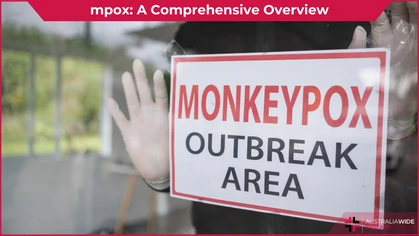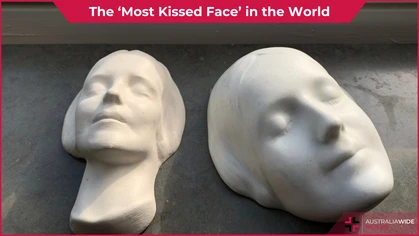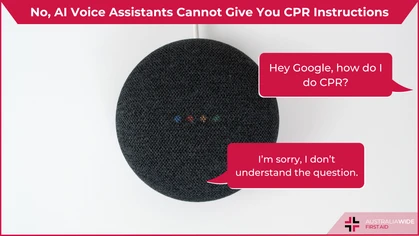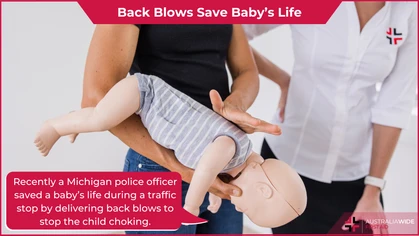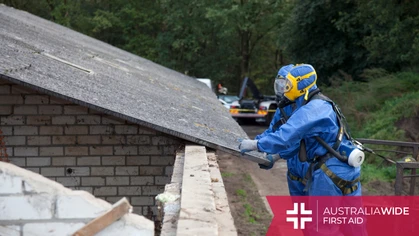Damar Hamlin and the Importance of CPR

First aid in the news

On 2 January 2023, NFL player Damar Hamlin suffered a cardiac arrest after tackling wide receiver Tee Higgins. Attending doctors believe that it was the swift application of CPR and defibrillation that saved Damar's life. (Credit: BBC News)
What seemed like a regular NFL tackle in the Bengal vs Bills game in early January turned into a shocking moment for players, coaches and onlookers alike. Damar Hamlin, a 24-year-old Buffalo Bills defender, collapsed on field moments after standing up from the tackle. He suffered a cardiac arrest. For more than 10 minutes, medical personnel administered CPR (cardiopulmonary resuscitation) along with the use of an AED (automated external defibrillator) to Hamlin before an ambulance was able to take him to hospital. The doctors who treated Hamlin say that the immediate bystander CPR is what saved his life, restoring his pulse and restarting his heart while waiting for further medical attendance. While the physicians attending Hamlin were highly trained and experienced, CPR is a life-saving technique that anyone can learn through one of our first aid courses:What is a cardiac arrest?
A cardiac arrest is when the heart stops beating due to a dangerous malfunction (arrhythmia) of the electrical system (SA node, AV node, and His-Purkinjie Network) in the heart. The cluster of cells in the electrical system work together to set the rate, gatekeep the pulse rate and cause the heart to pump blood. In normal heart rhythm, the electrical system ensures that the necessary amount of blood is pumped through the body, when they malfunction, blood is unable to reach organs, such as the lungs and brain. In Hamlin’s case, he collapsed due to his organs not receiving the amount of blood necessary for his body to work. A cardiac arrest is different from a heart attack. A cardiac arrest is due to an electrical malfunction. A heart attack is due to a blockage in the arteries that then leads to the lack of blood supply to the heart muscle. Administering CPR manually applies pressure to the heart until it restarts the heart’s normal rhythm and ensures blood continues to flow through the body. Use of an AED, a device that is small, portable, and easy to use, can help shock the heart back into its regular rhythm. Thankfully, administration of CPR is a life-saving technique that can be learnt by anyone and often keeps people alive while awaiting treatment from medical professionals.What are the symptoms of cardiac arrest?
Cardiac arrest is a medical emergency. Chances of survival diminish rapidly and result in death within 10 minutes. Quick intervention within minutes, if not seconds, can be life-saving. A person in cardiac arrest will- Collapse to the ground
- Stop breathing or gasp for air
- Lose consciousness & become unresponsive
- Have no pulse
What are the causes of cardiac arrest?
Not all abnormal heart rhythms are dangerous or life-threatening, but under a certain set of circumstances can be severe or fatal if left untreated, cardiac arrest can result from:- A virus or a disease in the heart (cardiomyopathies)
- Inherited heart conditions (Brugada syndrome)
- Birth defects or conditions that affect the heart (congenital heart disease)
- Heart valve disease or a malfunction of the heart valves
- Severe or untreated inflammation in the heart (myocarditis)
- A heart attack can lead to a cardiac arrest
- Severe loss of blood
- A drop in oxygen levels (hypoxia)
- Electrocution
- A drug overdose
What are the causes of cardiac arrest in athletes?
Sudden Cardiac Arrest (SCD), while perhaps surprising and also rare, is one of the most frequent medical causes of sudden death in athletes. To date, there has been no official explanation of the cause behind Hamlin’s cardiac arrest, but there are a variety of reasons as to why this may have occurred.- Congenital - some athletes may have been born with heart defects at birth they may not always be aware of, this may or may not have affected the structure of their heart’s electrical system
- Acquired - Disease or inflammation of the heart, this may or may not affect the structure of the heart
Final thoughts
Damar Hamlin, after suffering a cardiac arrest during an NFL game, is now out of hospital. He is neurologically intact and is expected to continue to full recovery, according to his doctors. His life was saved by quick responding medical professionals who applied CPR and used an AED to keep him alive before the ambulance arrived. Ensuring your business, school, or community centre has staff trained in CPR and how to use a readily accessible AED is important to reducing any risk should a medical emergency such as cardiac arrest occur. Anyone can learn how to administer CPR and use an AED. Enrol in one of our courses today:
Originally published at
https://www.australiawidefirstaid.com.au/resources/damar-hamlin-cpr
as part of the Australia Wide First Aid Articles Library
